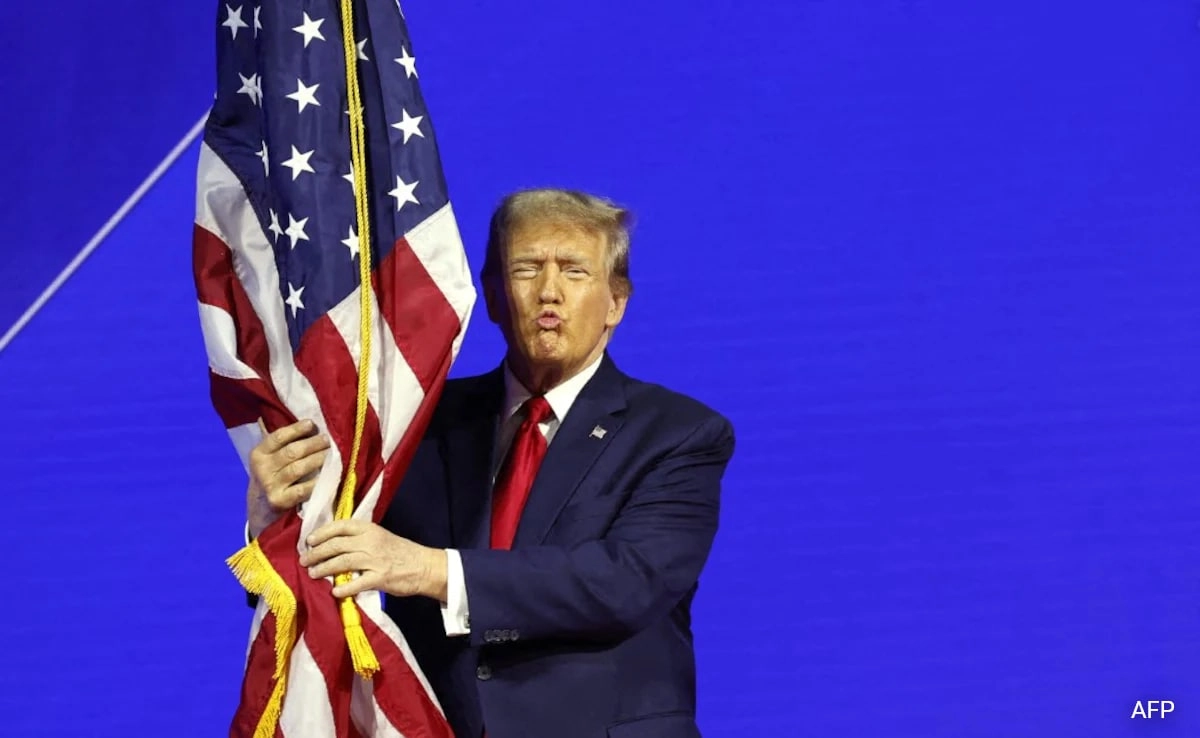Former President Donald Trump’s ambitious “Golden Dome” missile defense plan, aimed at enhancing the United States’ protective capabilities against potential missile threats, is encountering significant hurdles that could undermine its effectiveness. The initiative, which was intended to create a comprehensive and multilayered defense system, has faced criticism and skepticism from various sectors, including defense experts and policymakers. These challenges raise questions about the feasibility and reliability of the proposed system in a rapidly evolving geopolitical landscape.
One of the primary concerns surrounding the Golden Dome plan is its technological viability. The development of advanced missile defense systems requires cutting-edge technology and extensive testing to ensure they can effectively intercept and neutralize incoming threats. Critics argue that the timeline for deploying such a complex system might be overly ambitious, potentially compromising its operational readiness. Additionally, the plan’s reliance on existing defense infrastructure raises concerns about integration and compatibility with current systems, which may not be fully equipped to support the proposed enhancements.
Furthermore, the geopolitical implications of the Golden Dome initiative cannot be overlooked. As tensions rise in various regions, including North Korea and Iran, the U.S. must navigate a delicate balance between demonstrating military strength and avoiding escalation. Allies and adversaries alike may perceive the development of an extensive missile defense system as a provocative move, potentially leading to an arms race or increased instability in global relations. The Trump administration’s approach to foreign policy, characterized by unilateralism, further complicates the situation, as it could alienate key partners who play critical roles in collective defense strategies.
In light of these challenges, the future of the Golden Dome missile defense plan remains uncertain. Policymakers must carefully consider the potential ramifications of such an initiative, weighing the benefits of enhanced defense capabilities against the risks of political fallout and technological setbacks. Ultimately, a balanced approach that prioritizes diplomacy alongside defense may be necessary to ensure national security while maintaining global stability. As the landscape of international relations continues to evolve, so too must the strategies employed by the United States to address emerging threats.




